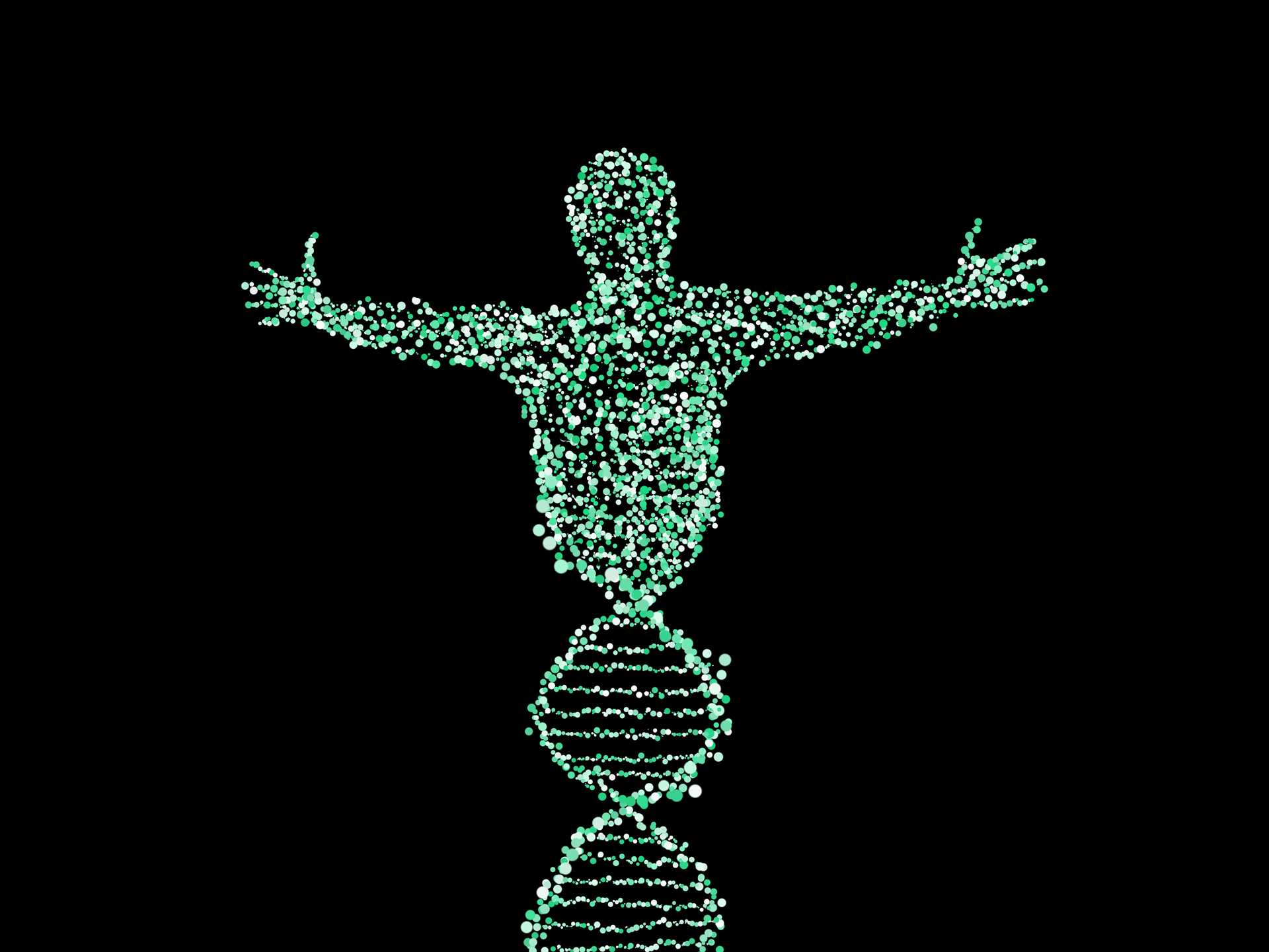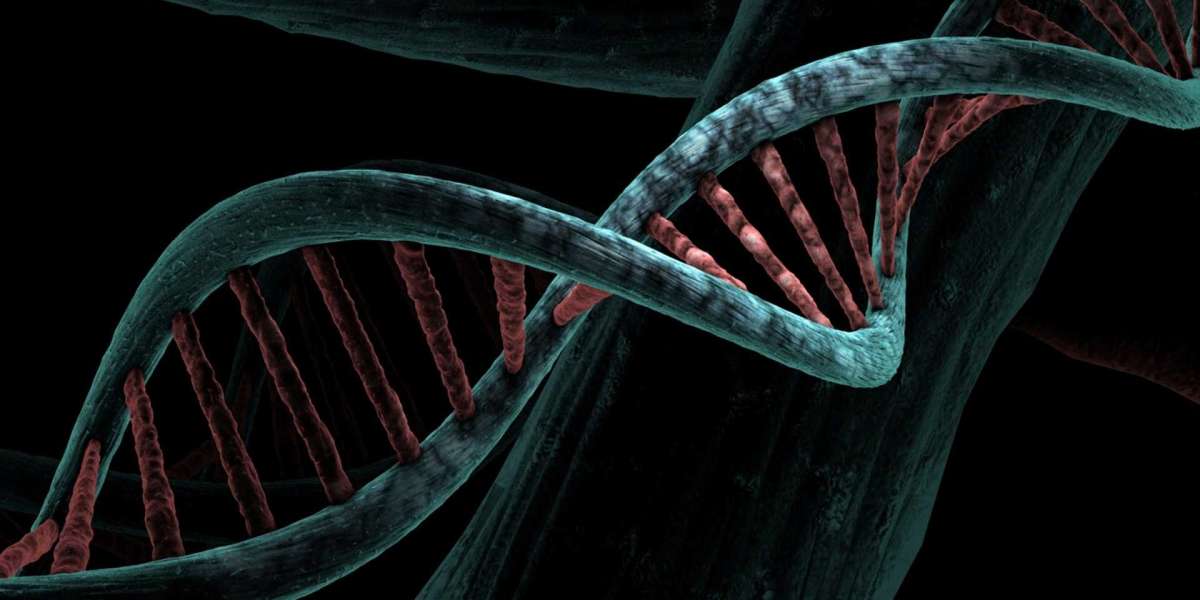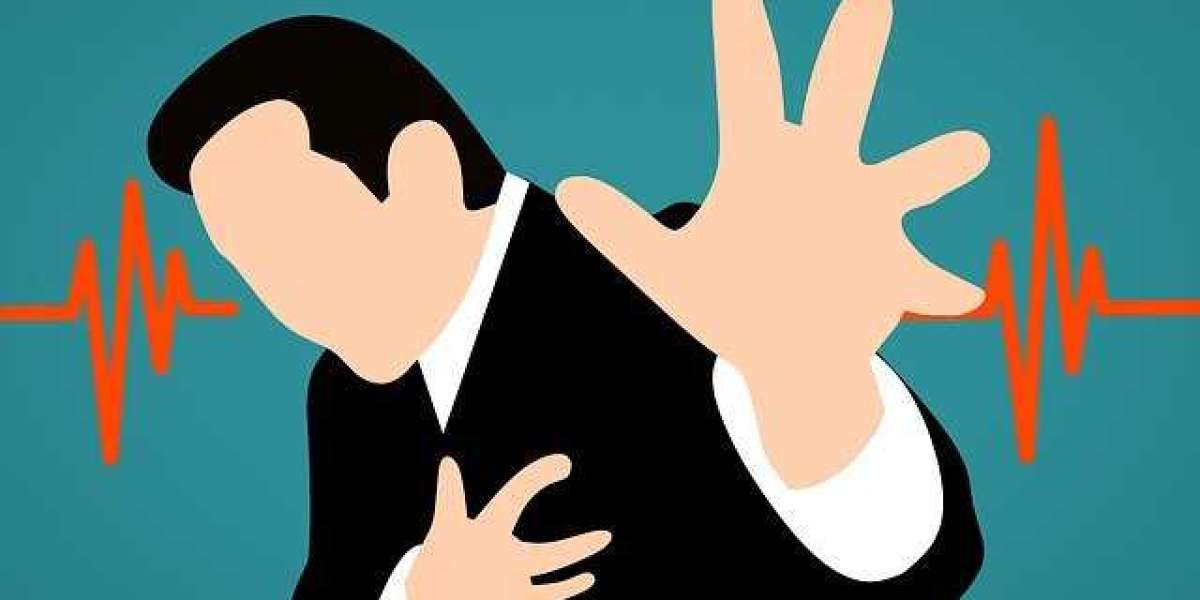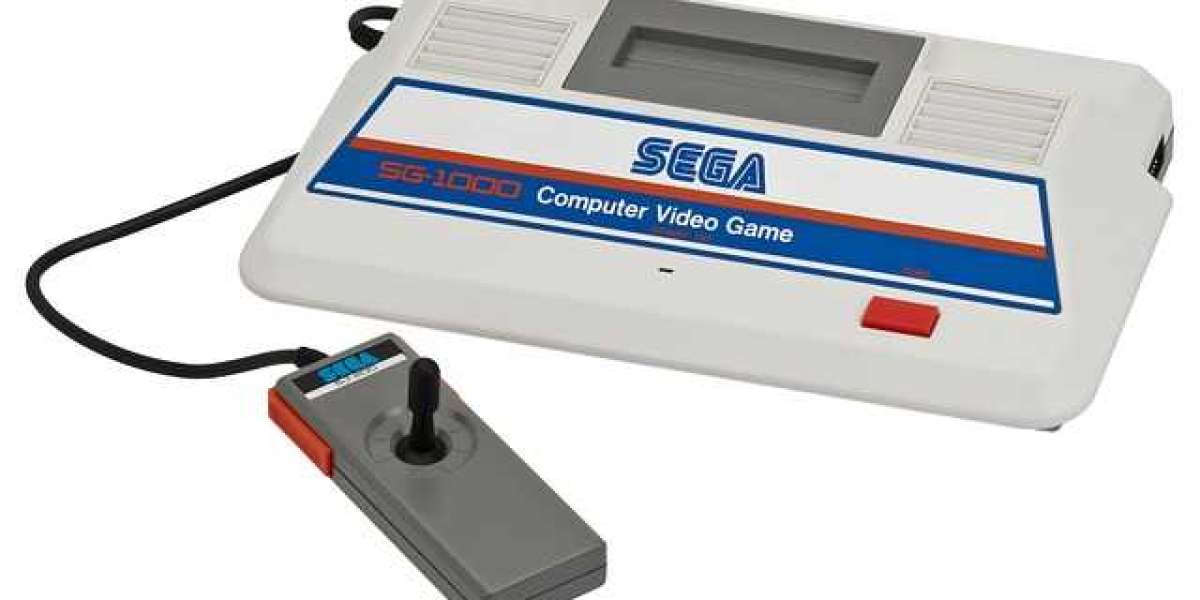Scientists have artificially increased the size of DNA, allowing for virtually limitless storage space for digital data.
Humanity has generated more data in the previous few years than it has in the entire history of the planet, and this is a trend that shows no signs of slowing down. As a result, the issue arises as to where all of this information is going.
Despite the fact that scientists are constantly increasing the amount of hard drive storage available to retain information about humanity, and many believe that this can be done indefinitely, some believe that these efforts will eventually be surpassed by the exponential rate at which we generate data and that this will happen sooner rather than later.
Because of such worries, scientists have come up with a fairly novel solution: they've decided to store files, images, and papers in a database made up entirely of natural materials, or DNA.
DNA is both large and thick, allowing it to store an unimaginable quantity of information in a very tiny amount of space. After all, the threads of the double helix, which are barely 10 micrometers wide and located within the cell nucleus, are responsible for preserving the whole blueprints of our bodies. Furthermore, DNA is abundant and can resist the extremely harsh conditions seen on Earth. Scientists have even been able to recover genetic information from DNA that has been around for generations.
The internet generates several petabytes of data every single day. The data may be stored in one gram of DNA, which would be sufficient. According to Kasra Tabatabaei, a scientist from the Beckam Institute for Advanced Science and Technology, DNA is extremely dense as a storage medium.

Tabatabaei is a co-author of a new study, which was published in the journal Nano Letters last month, and which has the potential to advance the concept of storing data in DNA to new heights. Essentially, it is about the success of the scientific team that was the first to artificially enlarge the DNA alphabet, which may allow for vast storage capacities and the acceptance of an extremely high level of digital information.
Details, details, and more details
DNA is made up of four molecules known as nucleotides, which are used to encode genetic information. There are four types of nucleotides: adenine, guanine, cytosine, and thymine, abbreviated as A, G, C, and T.
DNA can be thought of as having an alphabet consisting of four letters, with different combinations of letters representing different bits of information. Mother Nature is capable of encoding the genetic information of every single living organism with only these four letters. Because of this, we should be able to store an enormous amount of digital data with that alphabet of DNA already in place. However, a larger DNA alphabet would almost certainly provide us with that much more capacity as well.
As a result, the researchers who conducted the study artificially increased the DNA repertoire by seven letters.
Consider the letters of the English alphabet. If you only had four letters to work with, you could only make a limited number of words. If you had access to the entire alphabet, you could create an infinite number of word combinations. It's the same with genetic material. Instead of translating zeros and ones to the letters A, G, C, and T, Tabatabei explained that we can convert zeros and ones to the letters A, G, C, and T as well as seven new letters in the storage alphabet.
Artificial intelligence is also beneficial.
Furthermore, by ensuring that the information encoded in these 11 letters can be recovered on demand, the researchers were able to develop a new technique for reading synthetic DNA data with high accuracy and precision. Deep learning algorithms and artificial intelligence are used by the system to discern between the DNA of man-made and natural letters, as well as to identify between all letters of a given alphabet on their own basis.
Overall, the technique delivers an incredibly clear reading of DNA letter pairings, thereby disclosing all of the information that has been buried inside them.
We tested 77 distinct combinations of 11 nucleotides, and our system was able to distinguish each of them properly, according to Chao Pan, a doctoral student at the University of Illinois Urbana-Champaign and co-author of the study, who also spoke to the press. As part of our universal nucleotide identification method, we incorporate learning into the process, which allows us to extend our methodology to a wide range of other applications.
DNA is not the only emerging, cutting-edge technology for storing our complex info. For example, a Harvard University research team is investigating the possibility of employing neon hues to encode valuable information.
DNA is the first and most primitive natural mechanism for storing information. Tabatabaei concludes by stating that it may be used to store any form of data: photographs, films, music, or anything else.



